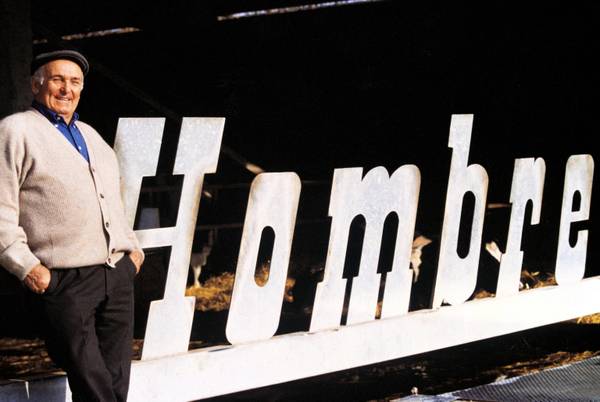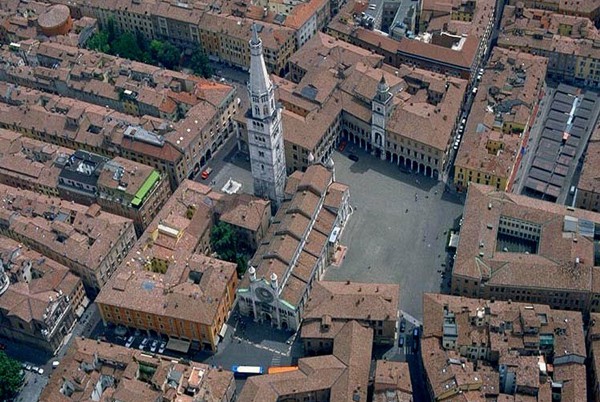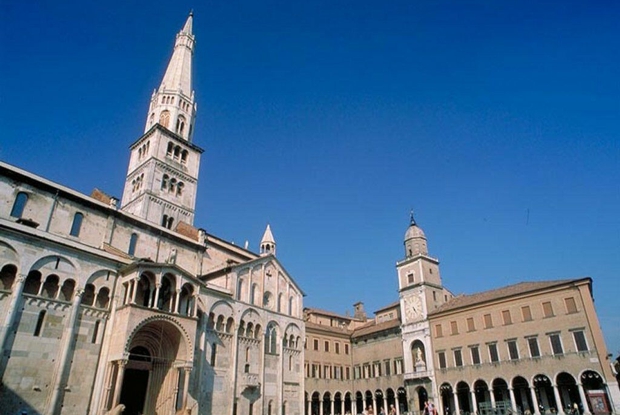Maserati was founded in Bologna in 1914 by Alfieri Maserati as a car repair workshop. Then, in 1926, the Maserati brothers
took over Diatto, a small racing car manufacturing company from Turin. Drawing on their mechanical experience and with the
materials available to them, that same year they built their first car, the “Tipo 26”.
Since then, in the course of its long history, Maserati has kept the most significant vehicles produced in addition to the
prototypes, creating over the decades, a collection of cars, engines and components which are unique and able to illustrate
the historical, technical and design evolution of the company.
The desire to systematically preserve the vehicles as testimony to an industrial process which has developed over time, has
made it possible for this organic collection, spread over the entire production life of the company, to pass on the value of
the history of Maserati to generations to come.
In 1965, the Orsi family who owned the company, decided to open the car Collection to the public following the criteria of a
museum type collection, fitting out an exclusive area within the factory in Viale Ciro Menotti in Modena.
Since October 27 1965, the day of the official opening of the museum in the presence of the World Champion JM Fangio and the
most important Italian journalists in this field, the Maserati Museum has been visited by tens of thousands of people from
all over the world..
Since that year, the Museum Collection has been gradually improved, thanks to the restoration of some cars which were already
part of the Collection, and enriched even further with new pieces including the famous Maserati 6 CM from 1936, a worthy
representative of the history of the pre-war Maserati.
In May 1993, F.I.A.T. bought Maserati from the De Tomaso Group through the acquisition of 100 % of the shares of Maserati SpA
while the Collection, while still remaining on show within the company premises, remained in the possession of the Company's
existing and original Officine Alfieri Maserati S.p.a., which later became O.A.M. s.r.l. In December 1994, on the 80th
anniversary of the founding of the vehicle manufacturer, an exhibition was prepared at the Bologna Motor Show and the new
museum in the head office of the plant was opened. This museum had historic information panels, engines and some cars on
display in chronological order to give all visitors the opportunity to experience a piece of Italian automotive history from
Modena.
In July 1996, De Tomaso legitimately requested that the cars and engines of the Museum Collection be returned. Maserati accepted
the request, but purchased part of the Collection consisting of 15 engines which were then exhibited within the company premises
in Modena, while on De Tommaso's instructions, 19 cars were sent to England to be sold at auction in London.
The auction was arranged by Brooks Auction house and was supposed to take place on 2nd December 1996.
News of the forthcoming sale of the cars which would have caused the city of Modena to lose a heritage that was fundamental to
the city, alarmed all those passionate about the cars as well as the local authorities and on 18th October 1996, the alarm was
sounded.
The Minister for Culture, Walter Veltroni, the Mayor of Modena, Giuliano Barbolini and local associations immediately got to work
on finding a solution which would allow the recovery of this historical and cultural heritage which the city of Modena was in
danger of losing forever.
The problem was put to the Panini family and Umberto Panini immediately took action to prevent the historic Maserati cars from
being lost.
Thanks to the intervention of the Panini family, shortly before the fateful date, Brooks auction house announced
that the Maserati Collection had been withdrawn from auction and was to return to the city of origin, housed in the premises
owned by the Panini family.
The Maserati Museum today:
Since then, the Collection of 19 vintage Maserati cars can be seen and enjoyed at the Museum known as CUP (Umberto Panini
Collection).




















































